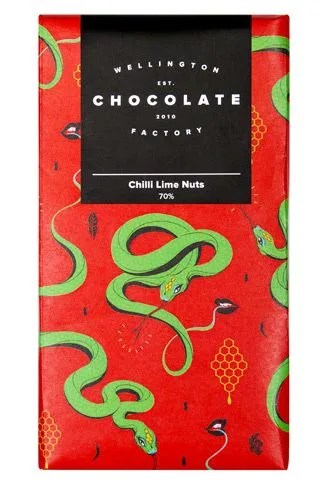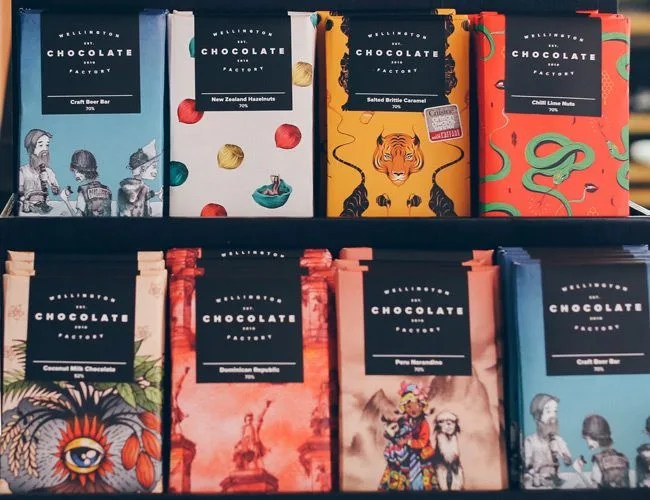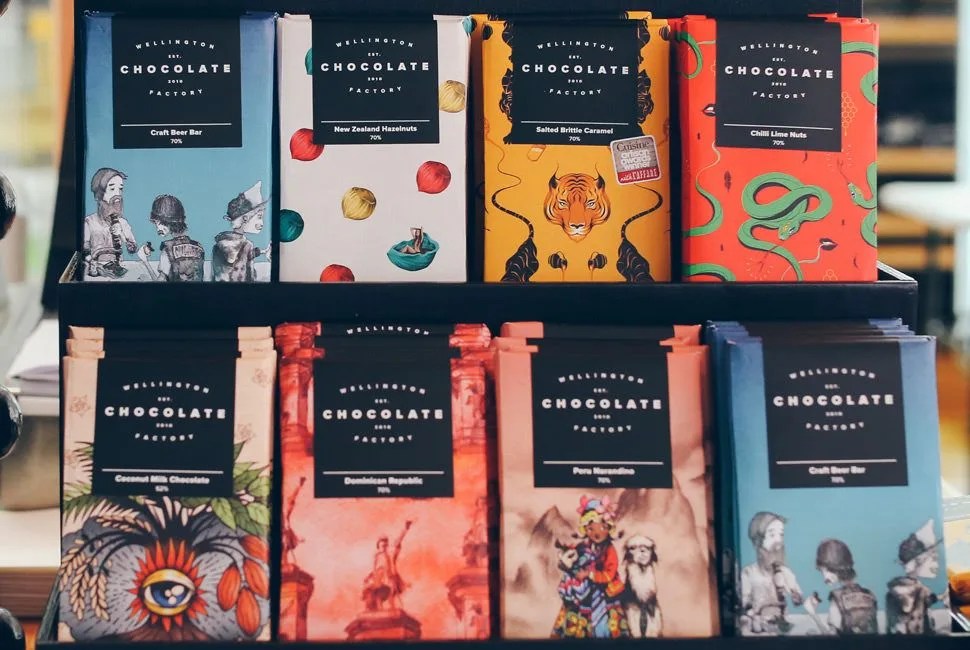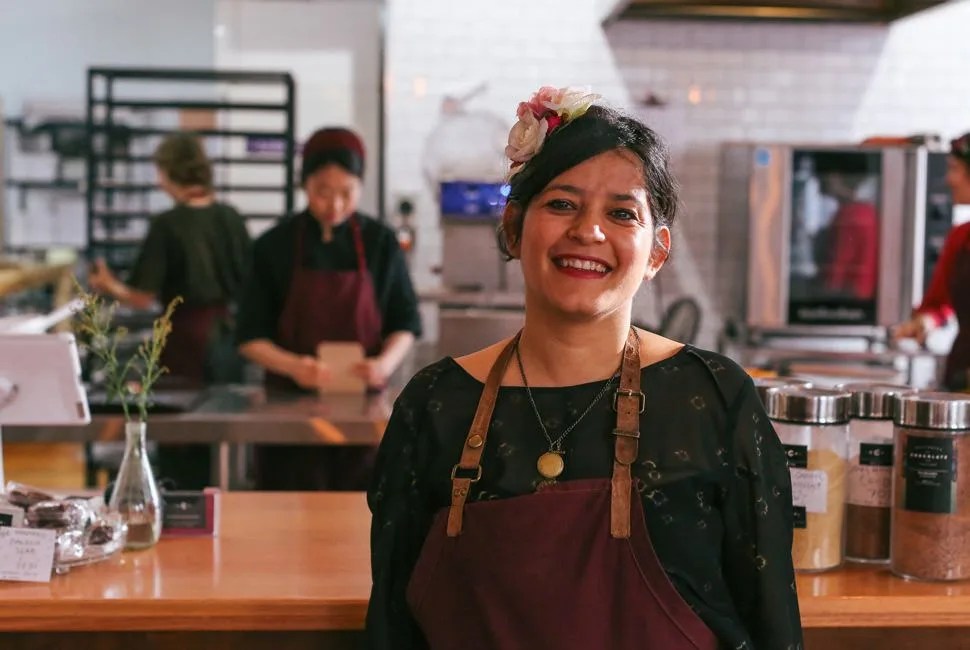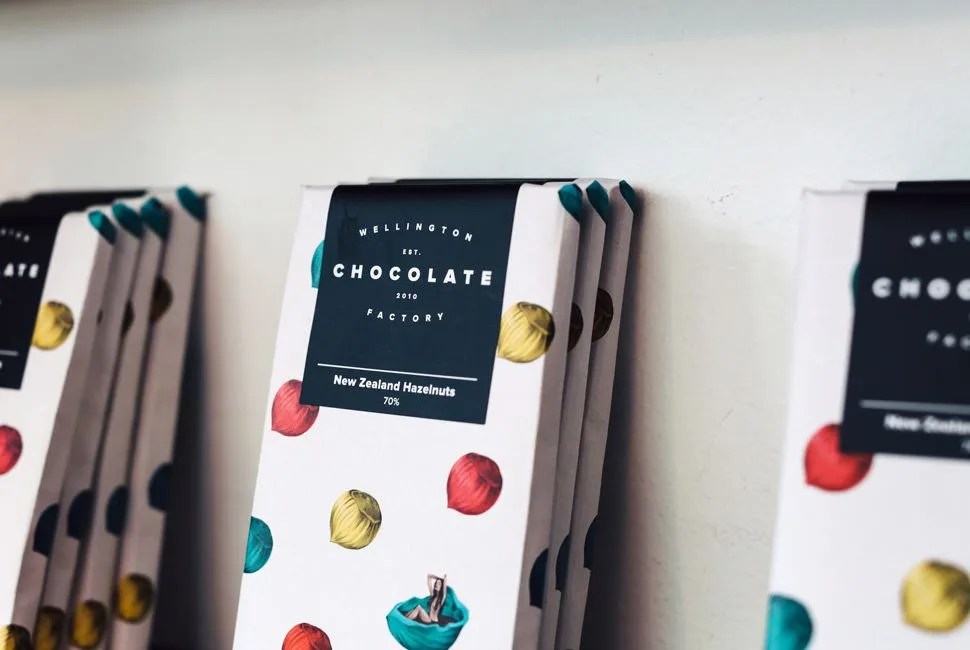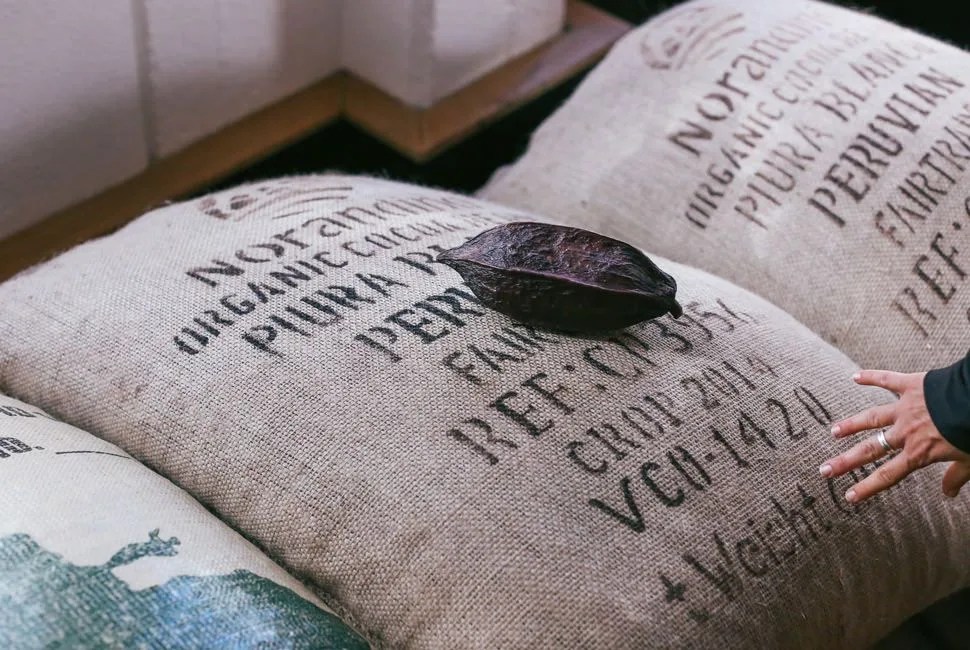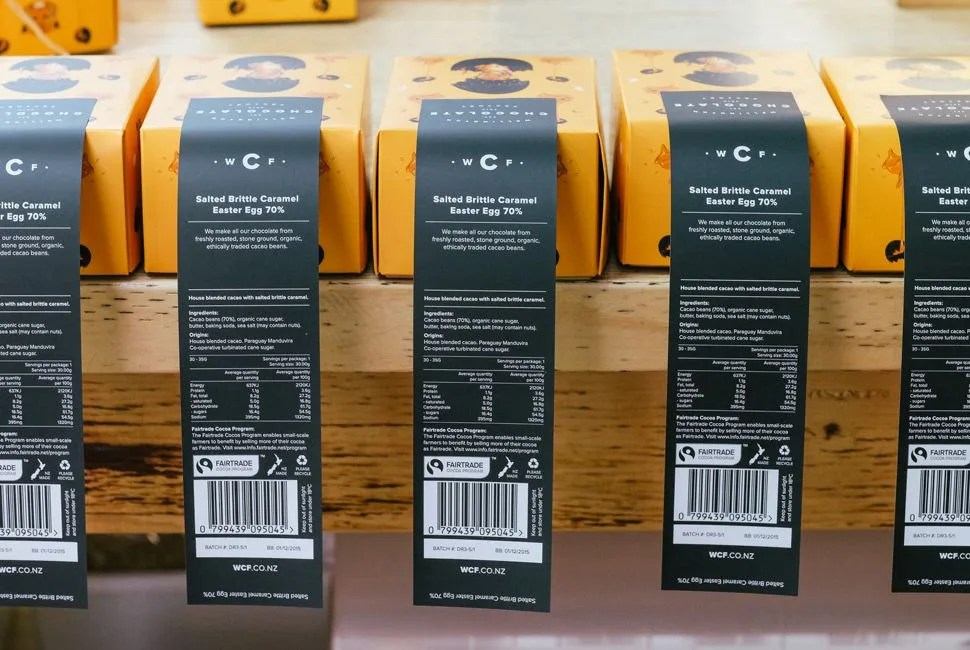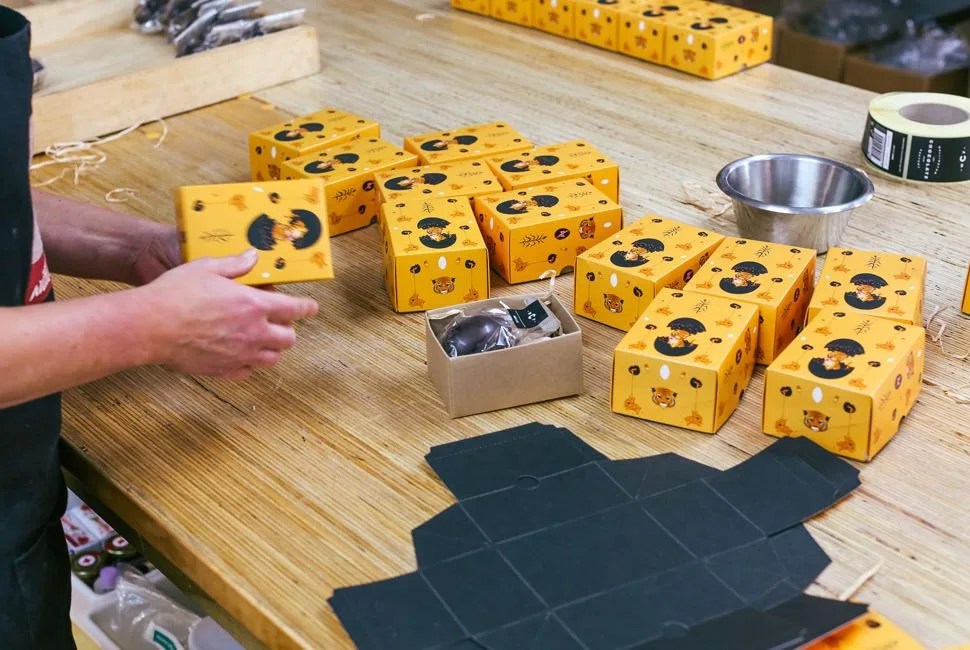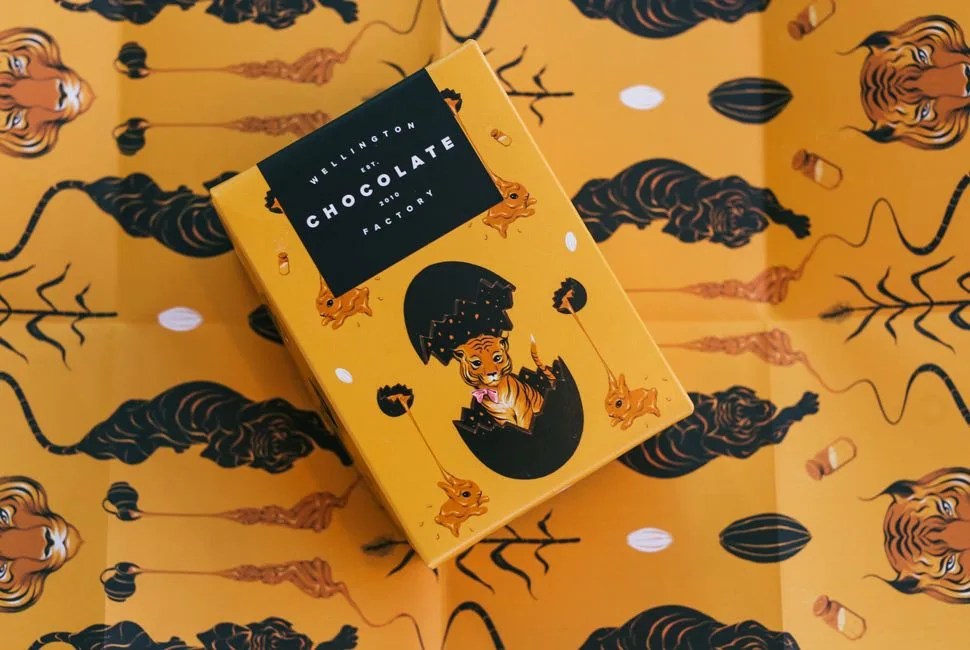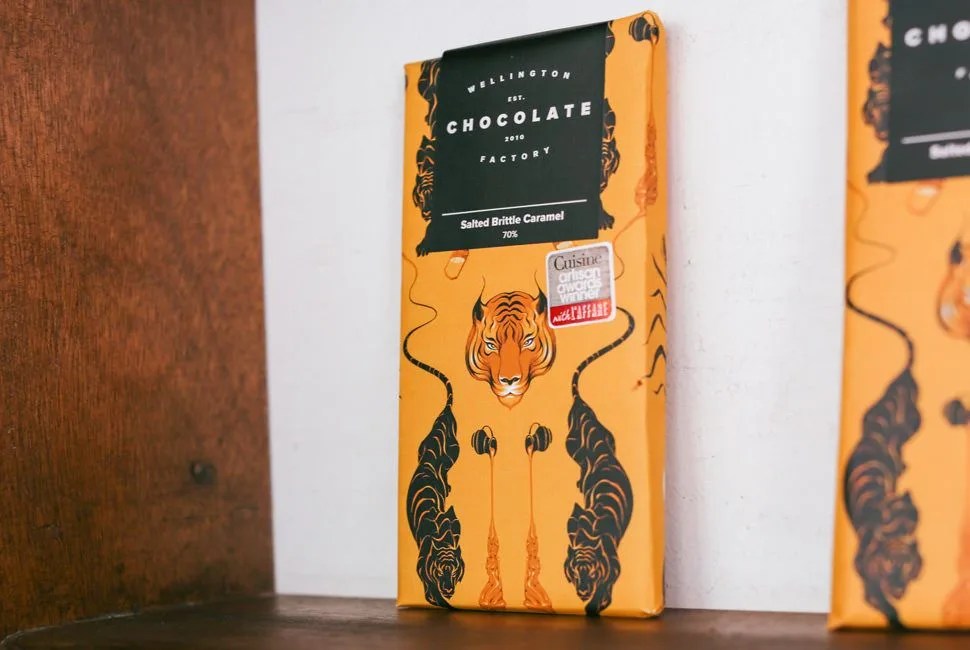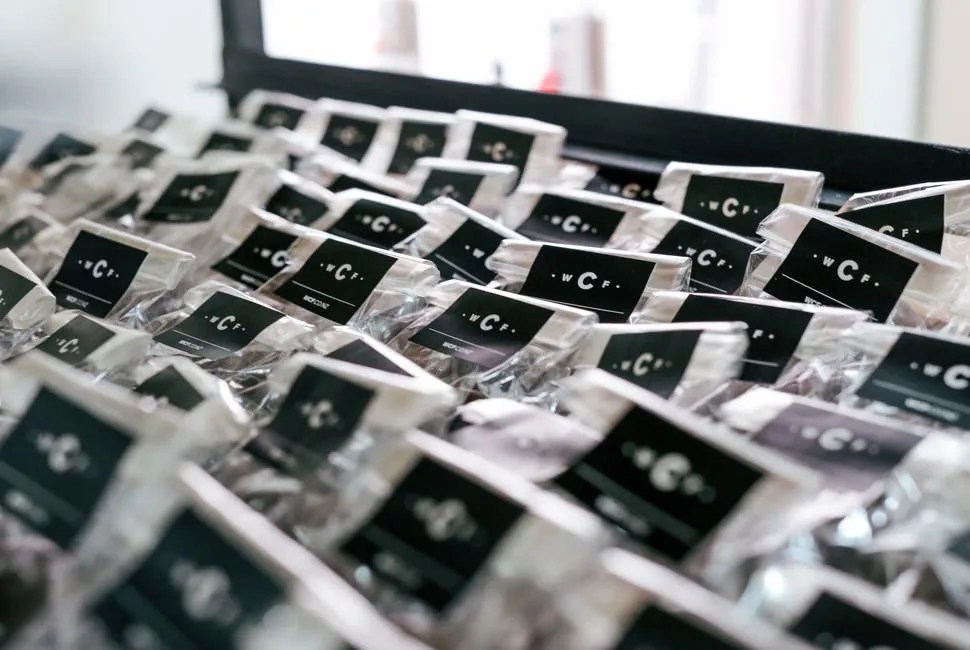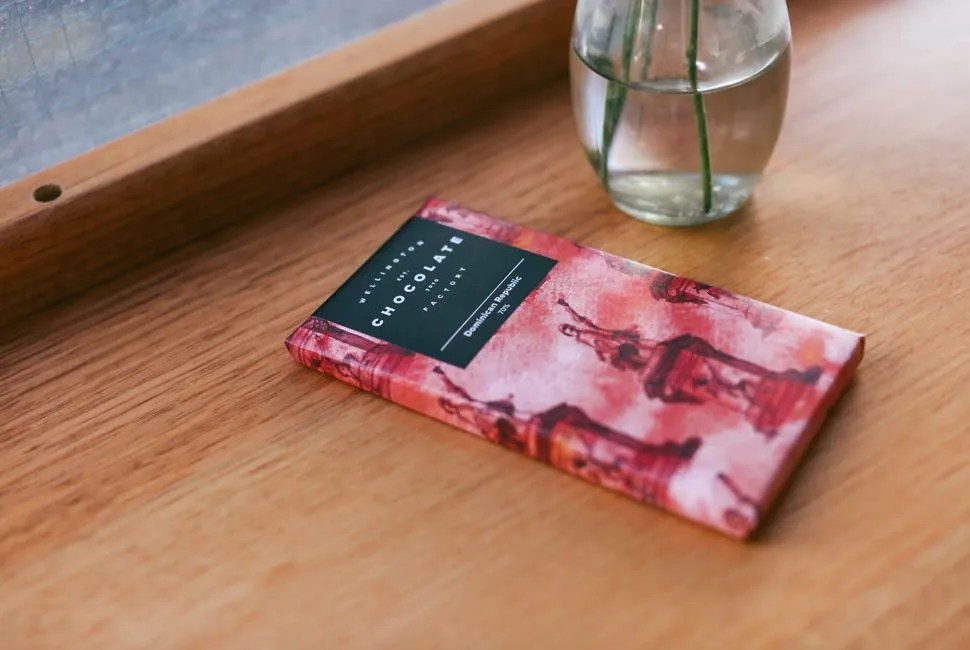12 photos
“I used to have a boyfriend as tall as you,” says Miriam Ramos, the General Manager of the Wellington Chocolate Factory, as she greets me in the foyer of the WCF chocolate wonderland. If there’s something enchanting about chocolate factories in general, the pint-sized Ramos is leveraging that spell. A Frida Kahlo locket hangs around her neck, there’s a maroon apron over her shoulders, and her lips are adorned in bright red lipstick, a contrast to skin the color of dry earth. Her brown eyes are bright, lively, quick.
Charming as she is, Ramos also immediately commands respect. She speaks quickly, authoritatively and with no wasted words. She’s from Mexico City, but spent much of her childhood in Veracruz, where her grandfather owned plantations. She’s got a fearlessness in her — it brings to mind the Tehuantepec of southern Mexico, a matriarchal culture where women fill many traditional male roles. WCF doesn’t do Fair Trade. WCF works bean to bar. When Ramos tells me there’s no such thing as dark chocolate, I believe her. And behind her petite shoulders, a handful of girls work silently, going through the routine of creating pristine chocolates. Ramos, along with WCF owners and founders Rochelle Harrison and Gabe Davidson, keep a tight ship.
New Zealanders hold a pride that comes from isolation. In America, you see the same in the culture of the Northwest — Seattle, Portland. The lack of nearby neighbors leads to both a freedom to create an independent culture and the necessity to do things well to survive. It’s all and only on you. There’s no one else to blame. In New Zealand, this kind of individualistic pride, isolation from others, and relative smallness of country, allows the freedom to create norms that aren’t possible in other places. For Ramos, this means the WCF chocolate can be done exactly the way they want.
She doesn’t do Fair Trade. She works bean to bar. When she tells me there’s no such thing as dark chocolate, I believe her.
Bean to bar is an approach to chocolate that works with the cocoa as a whole food. Most chocolatiers are working with chocolate liquor (or cocoa mass), which they “conch,” or blend with other ingredients, and then temper (the process of cooling and warming the chocolate to create even crystallization) and make into bars. That takes more than half the process away. Before bean-to-bar chocolatiers get their chocolate liquor, they must roast the pods, crack them, winnow and then grind. The shortcut of starting with the cocoa mass relies on other people roasting your cocoa, and at that point you’re dealing with a good that’s been treated independent of a chocolatier’s vision, rather than that chocolatier starting with a raw product and working toward their own creation.
